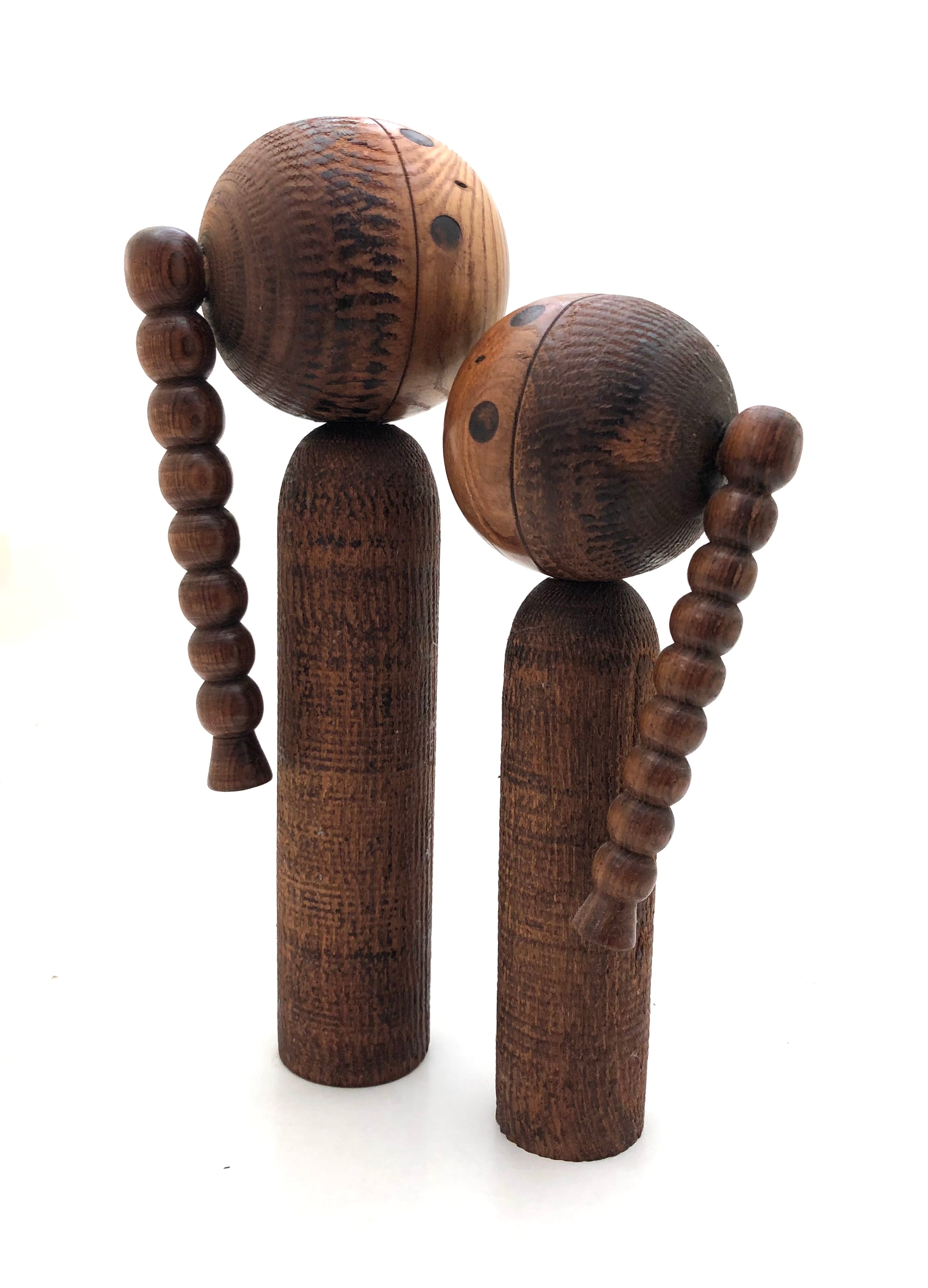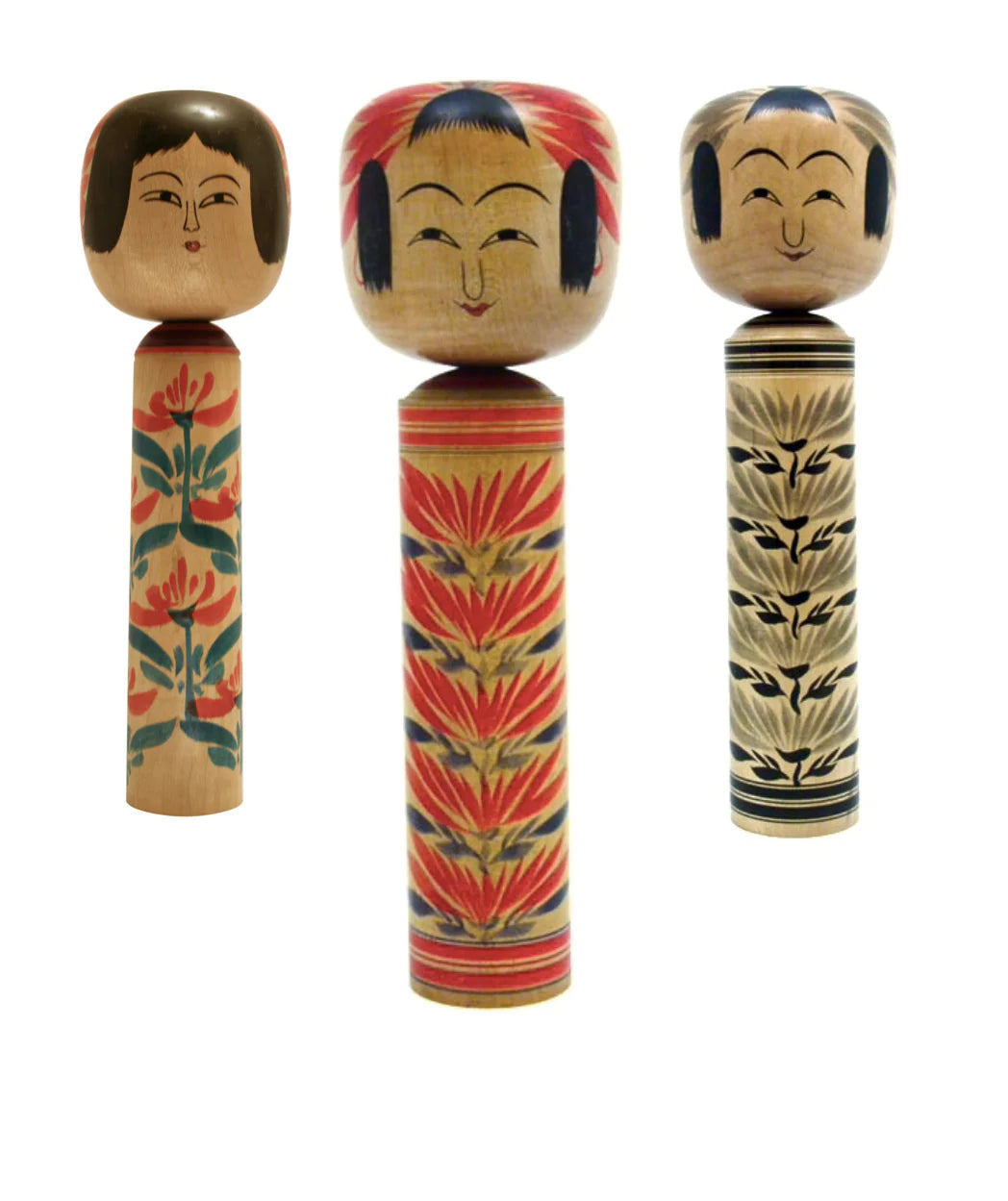



Antique Japanese Taisho Oribe Edamame Form Serving Bowl | Kaiseki Mukozuke Serving Piece
Dimensions: 2-1/8”h x 8-3/4”l x 3-1/2”w
This item is an antique Taisho Period Japanese Oribe Edamame-shaped serving bowl. The green glaze, typical of Oribe (Ao-Oribe) ware, dominates the surface, complemented by the antique brown and beige background and accents. In this case, the ceramicist has greater freedom to move the clay, carving, molding, and manipulating to result in unusual shapes as the objects shown emphasize the unbridled imagination of the Mino potters, which include the assemblage of distinctly different ceramic textures and finishes. The bowl has four legs to present the piece and raise from any surface. And finally, the color in Mukozuke is an important consideration in the food served. There is also the thought that one wants to incorporate the entire range of a creative experience, which is considered a classic style of Japanese aesthetics and captures the spirit of the wabi tea ceremony.
Condition: Consistent with antique/vintage age and usage. Wonderful “hand” to the touch.
NOTE: Mino Oribe is a visual style named after the late-16th-century tea master Furuta Oribe,(1544-1615) who was a warrior who once served Toyotomi Hideyoshi and Oda Nobunaga. He became the foremost tea master when his teacher Sen no Rikyu perished. It’s most often seen in pottery but extends to textiles and paintings. Oribe was not an actual potter, but (like many other influential figures in Japan’s art history) something akin to an art director or designer. He embodied the spirit of wabi tea so completely that he was able to give it form in a truly new and unique vision. The motifs, taken from nature or other decorative patterns such as textiles, were ground-breaking in their bold informality. It must have been this recognition of a new Japanese aesthetic that caused tea devotees to cherish Oribe ware. Its ability to capture something of the artistic and spiritual soul of Japan quickly spread throughout the country, and its mass popularity continues to this day.
Return Policy
Our antique/vintage pieces are identified/described and professionally photographed, and considered, “as is”, therefore all sales are final. Read our full refund and return policy.


